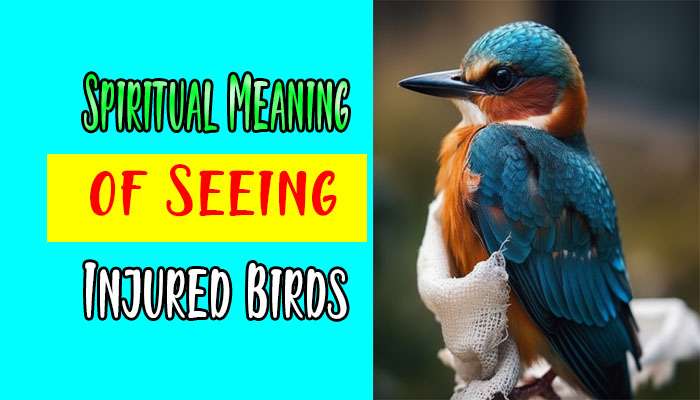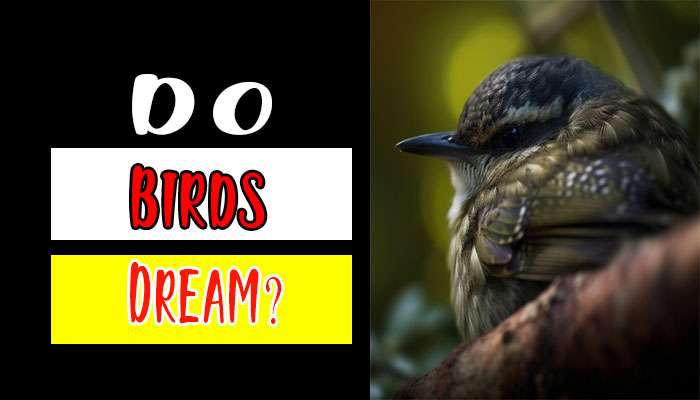How to Attract Birds to Your Backyard?
Birds bring life and color to our surroundings, and having them visit your backyard can be a joyous experience. You can entice various bird species to frequent your outdoor space by providing the right conditions. From the enchanting songs of songbirds to the acrobatics of hummingbirds, your backyard can become a hub of avian activity.
Understanding the Importance of Bird Attraction
Attracting birds to your backyard goes beyond mere enjoyment. Birds play a vital role in the ecosystem by pollinating plants, dispersing seeds, and controlling insect populations. Creating a bird-friendly environment contributes to the overall health and balance of the natural world around you.
Also Read: 10 Amazing Bird Species You’ve Never Heard
How to Attract Birds to Your Backyard?
To attract birds to your backyard, providing the elements that appeal to them is essential. Here are some key aspects to consider:
1. Providing Food Sources
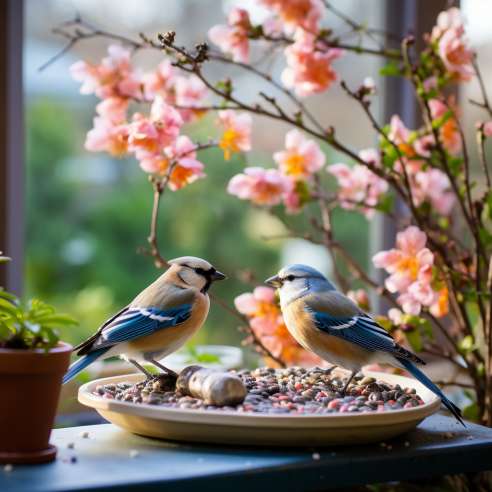
Birds rely on diverse food sources, including seeds, fruits, nectar, and insects. By offering a variety of bird feeders, birdhouses, and bird baths, you can cater to their specific dietary needs. Different bird species have other feeding preferences, so consider including various food options to attract a wide variety of birds.
2. Offering Water and Bird Baths

Water is a crucial element for birds, both for drinking and bathing. Installing a bird bath or a small pond can be a refreshing oasis for them. Ensure that the water is clean and fresh by changing it regularly. Adding a fountain or a dripper can create movement and attract birds with the sound of flowing water.
3. Planting Native Trees and Shrubs
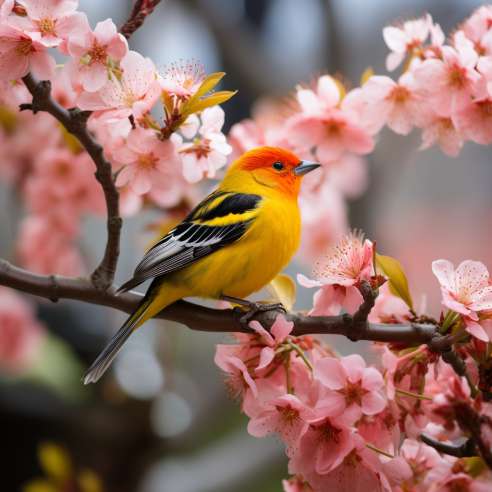
Native trees and shrubs provide birds with natural habitats and food sources. They offer shelter, nesting sites, and berries or fruits for birds to enjoy. Research the native plant species in your area and incorporate them into your backyard landscape. This will not only attract birds but also promote the growth of indigenous flora.
4. Adding Birdhouses and Nesting Materials
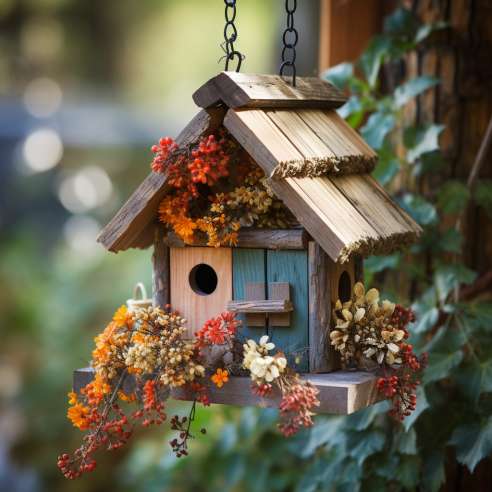
Birdhouses or nest boxes provide a safe place for birds to build their nests and raise their young. Different bird species have specific preferences for the size and design of nesting cavities. Research the nesting requirements of the birds in your area and install appropriate birdhouses accordingly. Additionally, you can enhance the nesting opportunities by providing materials like twigs, grass, and feathers that birds can use to construct their nests.
5. Provide nesting boxes
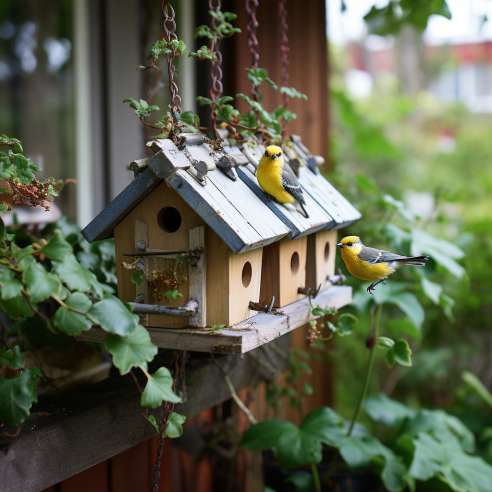
Install birdhouses or nesting boxes designed for specific bird species in your backyard. Place them at appropriate heights and orientations, and make sure they have proper ventilation and drainage. Different bird species have other preferences for nesting boxes, so do some research to determine the specific requirements for the birds you want to attract.
Also Read: Bird Mysterious Behaviors
6. Offer different feeding stations
Set up different types of feeders to attract a variety of birds. Tube feeders are great for attracting small finches, while platform feeders can accommodate larger birds like jays and doves. Hummingbird feeders with nectar solution can attract these tiny and colorful birds.
7. Keep feeders clean
Regularly clean and sanitize your bird feeders to prevent the spread of diseases among the birds. Use a mild bleach solution and rinse them thoroughly before refilling.
8. Be patient
It may take some time for birds to discover and visit your backyard. Once they find a reliable food source and feel safe in your yard, they are more likely to return regularly.
Remember to be respectful of the birds and their natural behaviors. Avoid disturbing nesting birds or handling them directly. Enjoy observing them from a distance and create a peaceful environment for them to thrive.
Avoiding Bird Hazards
While creating a bird-friendly environment, it’s important to minimize potential hazards that can harm or discourage birds from visiting your backyard. Consider the following:
Minimizing Window Collisions
Large glass windows can be a hazard for birds, as they may not perceive them as obstacles and collide with them while flying. To prevent window collisions, you can use window decals, screens, or curtains to make the glass more visible to birds. Placing feeders and plants away from windows can also help redirect bird movement.
Reducing Outdoor Cat Threats
Outdoor cats pose a significant threat to birds. They are natural predators, and their presence can deter birds from visiting your backyard. If you have cats, keeping them indoors or restricting their access to the backyard is important. Creating a cat-free zone using fencing or motion-activated sprinklers can also help protect birds.
Maintaining a Clean and Safe Backyard
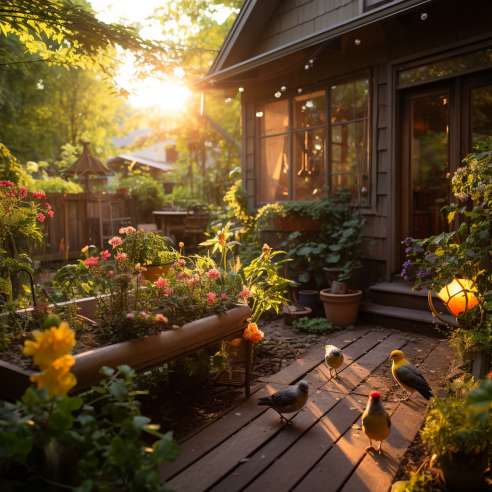
A clean and safe environment is essential for attracting birds and ensuring their well-being. Here are some measures you can take:
Regular Cleaning and Sanitization
Clean bird feeders, bird baths, and nesting boxes regularly to prevent the spread of diseases. Remove old food, debris, and droppings from feeding areas. Providing fresh and clean water is crucial to keep birds hydrated and healthy.
Managing Pests and Predators
Pests and predators can disrupt the peaceful atmosphere of your backyard and pose a threat to birds. Implement effective pest control measures to keep away rodents and insects that may disturb birds or damage their nests. Use bird feeders with squirrel guards to prevent squirrels from monopolizing the food.
Ensuring a Chemical-Free Environment
Avoid using pesticides, herbicides, or chemical fertilizers in your backyard. These substances can be harmful to birds and other wildlife. Opt for organic gardening practices and natural pest control methods to maintain a safe and chemical-free environment.
Engaging with Birds
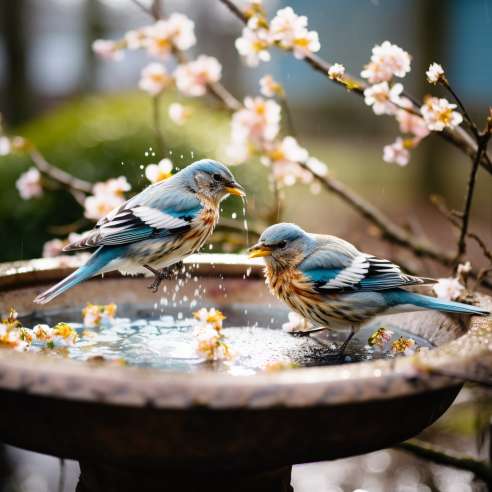
Interacting and engaging with birds can deepen your connection with nature. Here are some ways to do so:
Observing and Learning
Spend time observing the birds that visit your backyard. Learn about their behavior, migration patterns, and unique characteristics. Invest in a good bird identification guide or use online resources to identify different bird species.
Participating in Citizen Science Projects
Citizen science projects allow you to contribute to scientific research while enjoying birdwatching. Several organizations offer programs where you can report bird sightings and contribute valuable data to conservation efforts. Joining these projects can make your birdwatching experience more meaningful.
Using Bird Feeders and Bird Baths for Close Encounters
Bird feeders and bird baths can provide you with an opportunity to observe birds at a close range. Place the feeders and baths strategically, preferably near a window or seating area where you can enjoy the birds’ company comfortably. Remember to keep them clean and well-stocked.
FAQs
1. What are the best bird feeders to attract various birds?
There are various bird feeders available, each catering to different bird species. Tube feeders attract small songbirds, while platform feeders attract ground-feeding birds such as sparrows and doves. Hummingbird feeders are designed specifically to attract hummingbirds with nectar. Combining feeders to attract a diverse range of bird species is best.
2. How often should I clean bird feeders and bird baths?
Bird feeders and baths should be cleaned regularly to prevent the spread of diseases. Clean them at least once every two weeks or more frequently if you notice mold, mildew, or debris buildup. Use warm water and mild detergent to clean them thoroughly, and rinse them well before refilling.
3. Can I attract specific bird species to my backyard?
While you can create a bird-friendly environment that attracts a wide variety of birds, attracting specific bird species may require additional research and specific habitat modifications. Some birds have particular habitat preferences, nesting requirements, and food preferences. By studying the bird species in your region, you can tailor your backyard to meet the needs of those particular birds.
4. Are there any plants I should avoid in my backyard to attract birds?
While native plants are generally beneficial for attracting birds, some non-native plants can provide food and shelter. However, it’s important to avoid invasive plant species that can outcompete native plants and disrupt the local ecosystem. Research the native and non-invasive plant species in your area to create a diverse and bird-friendly landscape.
What attracts birds the most?
Food, water, and suitable nesting areas are the primary attractions for birds.
What food attracts birds?
Different bird species have varying food preferences, but commonly attracting foods include seeds, suet, nectar, fruits, and insects.
How do you get backyard birds to trust you?
To gain the trust of backyard birds, be consistent in providing food and water, create a safe environment, avoid sudden movements or loud noises, and be patient, allowing birds to become accustomed to your presence gradually.
Conclusion
Attracting birds to your backyard is a rewarding endeavor that allows you to appreciate the wonders of nature. Creating a bird-friendly environment, minimizing hazards, maintaining cleanliness, and actively engaging with birds can create a haven welcoming diverse bird species. Enjoy these fascinating creatures’ beauty, songs, and antics as they grace your backyard with their presence.
